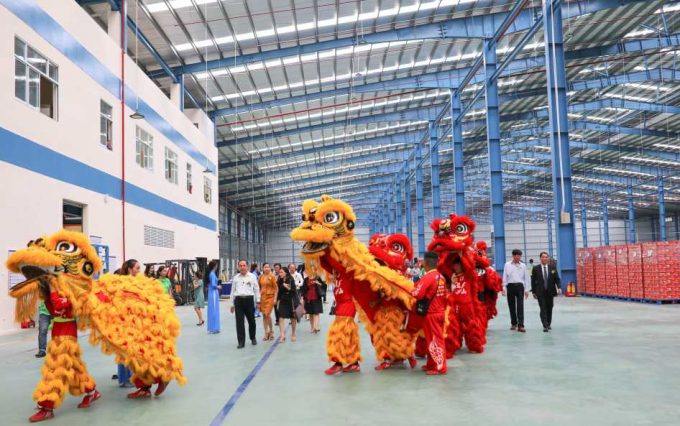South Korea's ambitious Lotte Global Logistics set for IPO
With demand for logistics services expected to grow, South Korean 3PL Lotte Global Logistics is ...

Flexport has partnered with Vietnam’s Indo Trans Logistics (ITL) to open a new container freight station (CFS) outside Ho Chi Minh City.
Located in Thu Dau Mot City, around 30km from the southern commercial capital, the cross-dock facility will serve as a vital hub for Flexport’s South-east Asia operations, the company said.
“As more businesses move to diversify supply chains, they are seeking strategic locations to better serve them,” Flexport noted.
“One ripple effect of the US-China trade war has been a shift ...
Volcanic disruption at Anchorage could hit transpacific airfreight operations
Shippers snap up airfreight capacity to US ahead of tariff deadline
Forwarders stay cool as US 'liberation day' tariffs threaten 'global trade war'
New price hikes may slow ocean spot rate slide – but for how long?
Tighter EU import requirements proving 'a challenge' for forwarders
Supply chain delays expected after earthquake hits Myanmar
Looming Trump tariffs will create 'a bureaucratic monster' for Customs

Comment on this article
Andreas Koût
November 07, 2019 at 2:51 pmOnce again in the headlines, this cmpany seeks to be in the news, otherwise
simply it cant survive.
The message itself is nothing new to the market and as a matter of fact
there are some global freight forwarders who do a more efficient,professional
job without publishing it.
Until yet we simply do not really see any differentation between Flexport and
some global freight forwarders, maybe the only difference lies in,that they havent pick-up so much funds from investors,however the question remains if the Flexport can ever pay this back or amortize investments made. They still lack a hell of Teu´s+airfreight tonnages towards todays Top 10 global freight forwarders in rankings.
regards